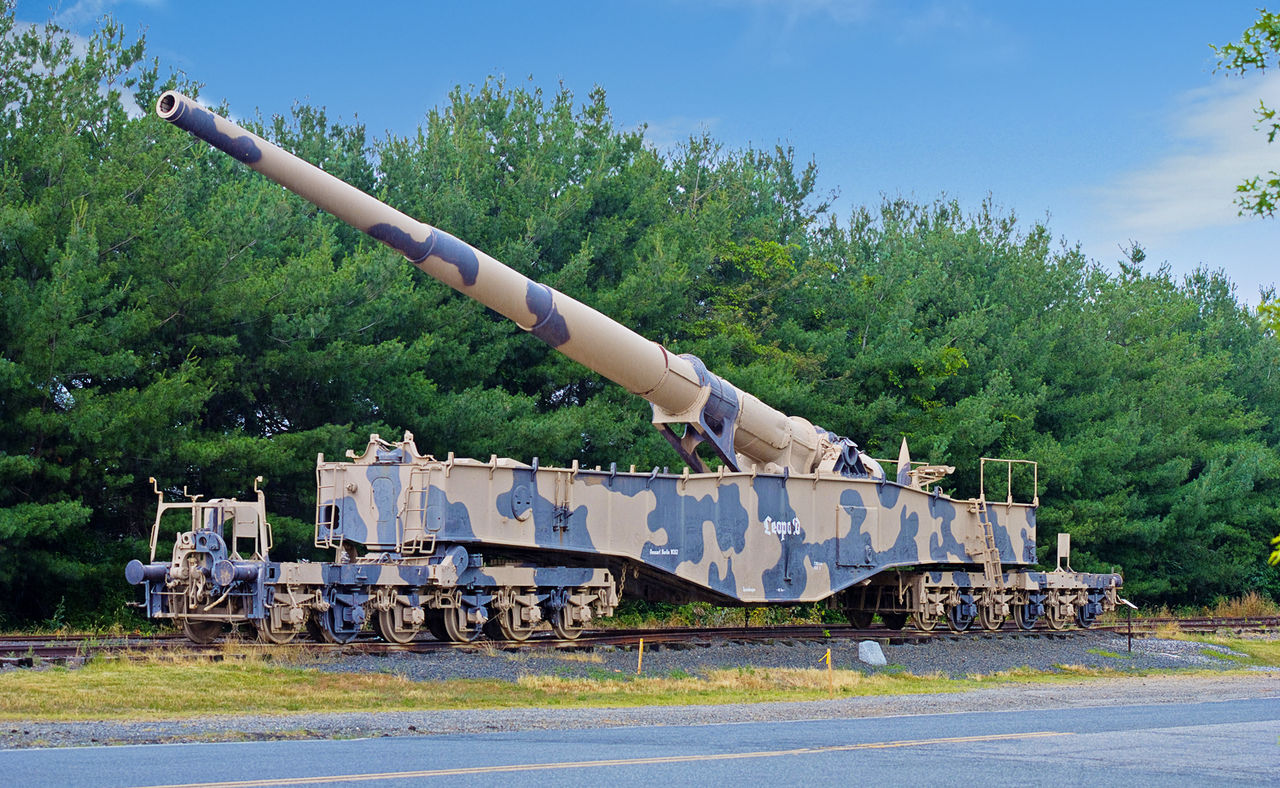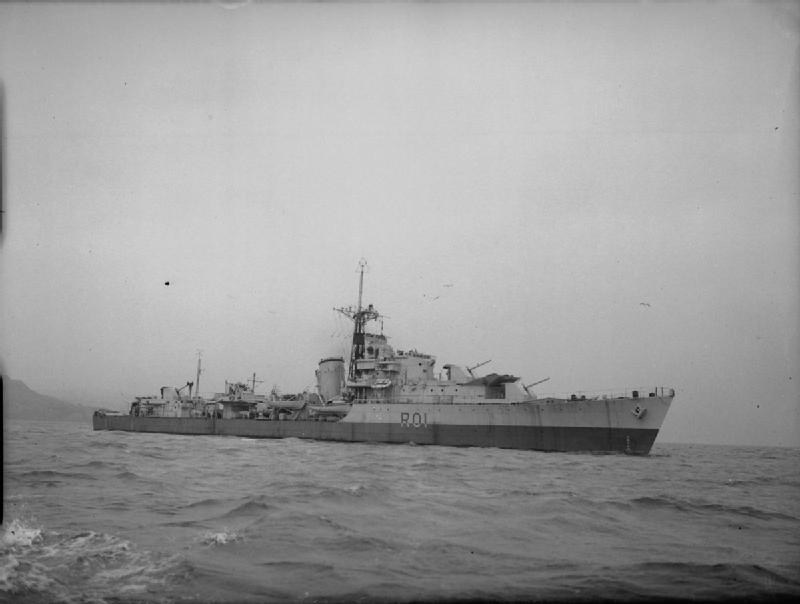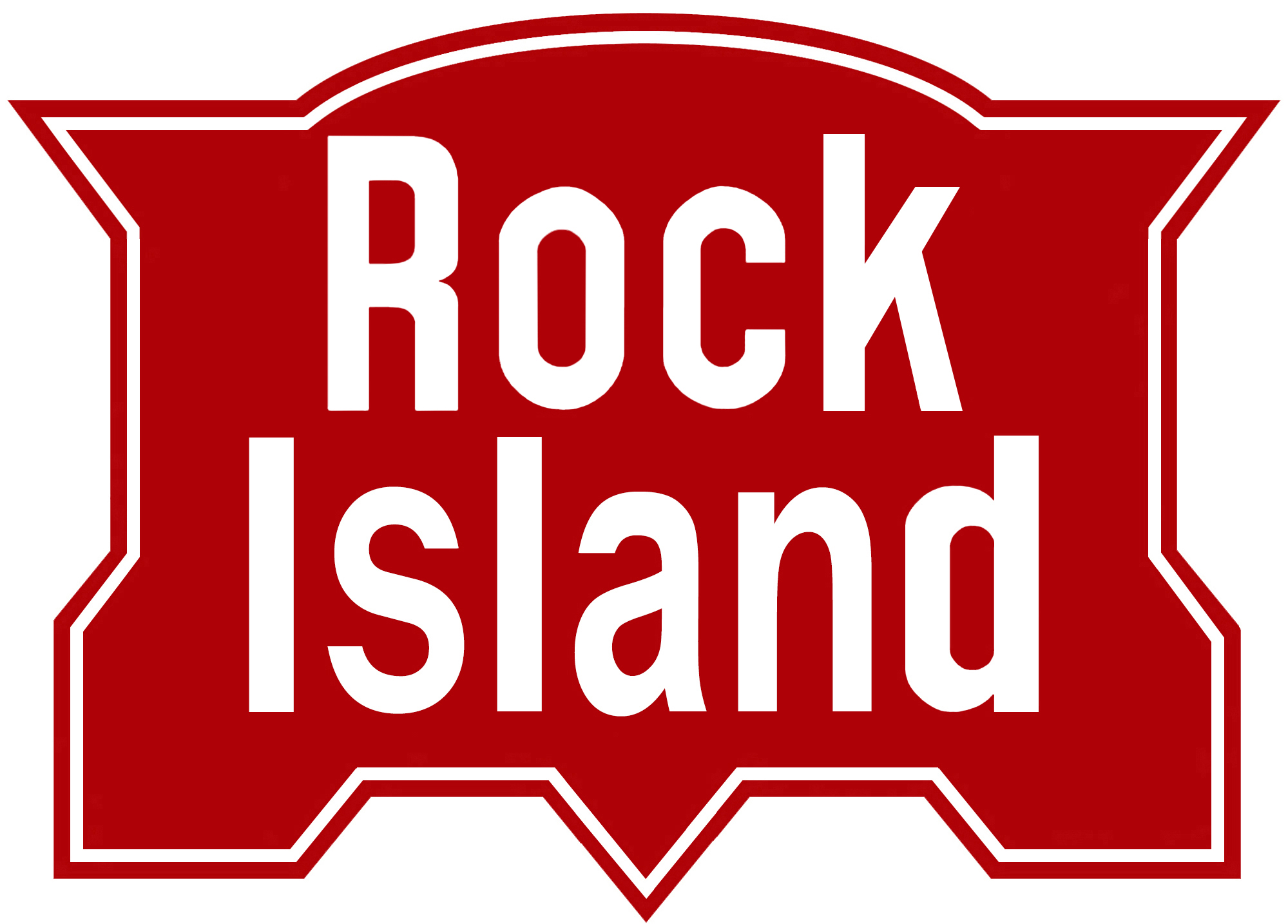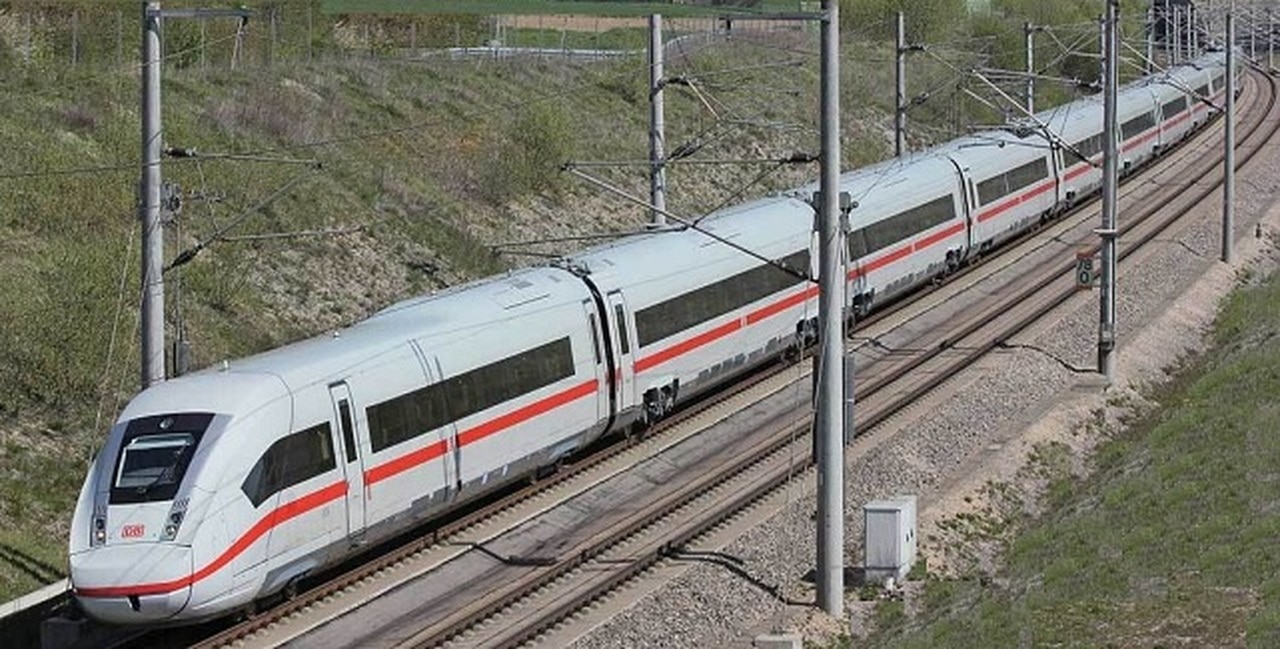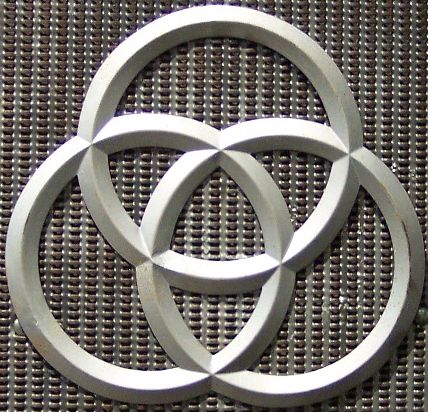History: Krupp's K5 series were consistent in mounting a 21.5 metres (71 ft) long gun barrel in a fixed mounting with only vertical elevation of the weapon. This gondola was then mounted on a pair of 12-wheel bogies designed to be operated on commercial and military rails built to German standards. This mounting permitted only two degrees of horizontal traverse. The carriage had to be aligned on the rails first, with only minimal fine leveling capable once halted. Hence the gun could only fire at targets tangential to an existing railway track.
To track targets needing greater traverse either a curved length of railway was used with the gun shunted backwards or forwards to aim; a cross-track was laid with the front bogie turned perpendicular to the rest of the gun and moved up and down the cross-track to train the weapon; or for 360 degree traverse, the "Vögele Turntable" could be constructed, consisting of a raised rail section (the "firing bed") carrying the gun, running on a circular track with a central jack to raise the gun during traverse and to take some of the enormous weight.
The main barrel of the K5 is 283 mm (11.1 in) in calibre (caliber), and is rifled with twelve 7 mm (0.28 in) grooves. These were originally 10 mm (0.39 in) deep, but were shallowed to rectify cracking problems.
From Wikipedia
To track targets needing greater traverse either a curved length of railway was used with the gun shunted backwards or forwards to aim; a cross-track was laid with the front bogie turned perpendicular to the rest of the gun and moved up and down the cross-track to train the weapon; or for 360 degree traverse, the "Vögele Turntable" could be constructed, consisting of a raised rail section (the "firing bed") carrying the gun, running on a circular track with a central jack to raise the gun during traverse and to take some of the enormous weight.
The main barrel of the K5 is 283 mm (11.1 in) in calibre (caliber), and is rifled with twelve 7 mm (0.28 in) grooves. These were originally 10 mm (0.39 in) deep, but were shallowed to rectify cracking problems.
From Wikipedia
Railroad/Company: The Krupp family (see pronunciation), a prominent 400-year-old German dynasty from Essen, have become famous for their production of steel, artillery, ammunition, and other armaments. The family business, known as Friedrich Krupp AG, was the largest company in Europe at the beginning of the 20th century. It was important to weapons development and production in both world wars. One of the most powerful dynasties in European history, for 400 years Krupp flourished as the premier weapons manufacturer for Germany. From the Thirty Years' War until the end of the Second World War, they produced everything from battleships, U-boats, tanks, howitzers, guns, utilities, and hundreds of other commodities.
The dynasty began in 1587 when a trader named Arndt Krupp moved to Essen and joined the merchants guild. He then began buying vacated real estate from families who fled the city due to the Black Death and became one of the richest men in the city. Over the next three centuries his descendants began producing small guns during the Thirty Years' War and over time gradually acquired fulling mills, coal mines, and an iron forge. During the Napoleonic Wars, Friedrich Krupp founded the Gusstahlfabrik (Cast Steel Works) and began producing smelted steel in 1816, turning the company into a major industrial power. The foundations were laid for the steel empire that would come to dominate the world for nearly a century under his son Alfred. Krupp became the arms manufacturer for the Kingdom of Prussia in 1859 and later the German Empire.
Krupp was also a revolutionary company that paved the way for workers rights. Alfred pioneered a system in which if the worker pledged loyalty to the company, he would be offered an unprecedented amount of benefits and social programs including on site technical and manual training, accidental, sickness, and life insurance, housing (sometimes free), recreational facilities, parks, schools, bath houses, and department stores. Widows and orphans were guaranteed pay if their husbands and/or fathers were killed.
The company also produced steel used to build railroads in the United States, capped the Chrysler Building in 1929, and was the first to travel to the bottom of the Mariana Trench. During the Third Reich, Krupp supported Adolf Hitler and the use of forced labour. After the war Krupp was rebuilt from scratch and again became one of the wealthiest companies in Europe. However a recession in 1967 caused the company severe profit loss. In 1999 the Krupp firm merged with Thyssen AG to form ThyssenKrupp AG, a large industrial conglomerate.
Historically the Krupp business has been controversial in its association with wars in Europe. As a major weapons supplier to multiple sides in various conflicts, the Krupps at times received blame for the wars themselves or the degree of carnage that ensued.
From Wikipedia
The dynasty began in 1587 when a trader named Arndt Krupp moved to Essen and joined the merchants guild. He then began buying vacated real estate from families who fled the city due to the Black Death and became one of the richest men in the city. Over the next three centuries his descendants began producing small guns during the Thirty Years' War and over time gradually acquired fulling mills, coal mines, and an iron forge. During the Napoleonic Wars, Friedrich Krupp founded the Gusstahlfabrik (Cast Steel Works) and began producing smelted steel in 1816, turning the company into a major industrial power. The foundations were laid for the steel empire that would come to dominate the world for nearly a century under his son Alfred. Krupp became the arms manufacturer for the Kingdom of Prussia in 1859 and later the German Empire.
Krupp was also a revolutionary company that paved the way for workers rights. Alfred pioneered a system in which if the worker pledged loyalty to the company, he would be offered an unprecedented amount of benefits and social programs including on site technical and manual training, accidental, sickness, and life insurance, housing (sometimes free), recreational facilities, parks, schools, bath houses, and department stores. Widows and orphans were guaranteed pay if their husbands and/or fathers were killed.
The company also produced steel used to build railroads in the United States, capped the Chrysler Building in 1929, and was the first to travel to the bottom of the Mariana Trench. During the Third Reich, Krupp supported Adolf Hitler and the use of forced labour. After the war Krupp was rebuilt from scratch and again became one of the wealthiest companies in Europe. However a recession in 1967 caused the company severe profit loss. In 1999 the Krupp firm merged with Thyssen AG to form ThyssenKrupp AG, a large industrial conglomerate.
Historically the Krupp business has been controversial in its association with wars in Europe. As a major weapons supplier to multiple sides in various conflicts, the Krupps at times received blame for the wars themselves or the degree of carnage that ensued.
From Wikipedia
Item Links: We found: 2 different collections associated with Rail - Rolling Stock (Freight) - Krupp K5
- Collection HO Scale Model Trains: 2 different items.
- Collection N Scale Model Trains: 6 different items.


